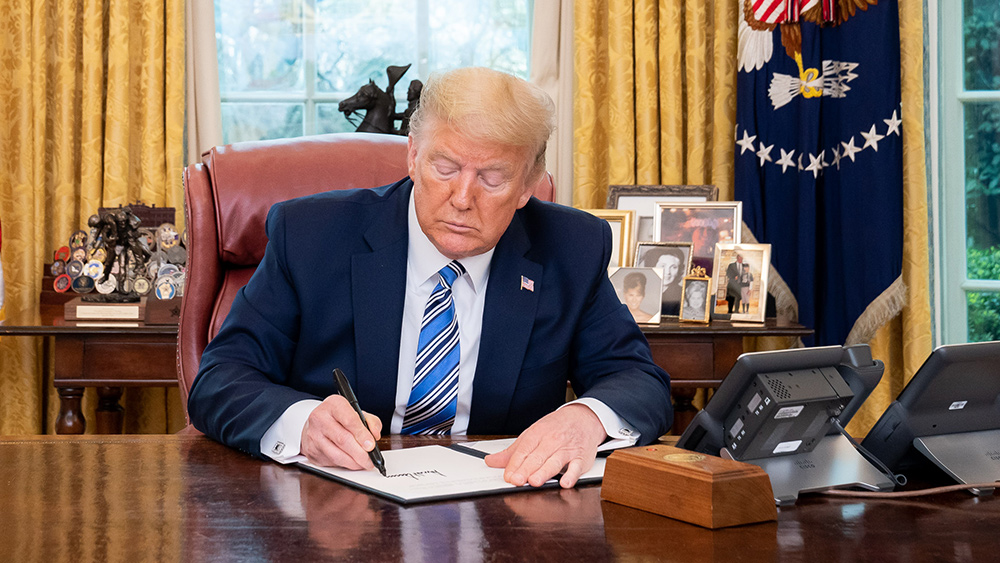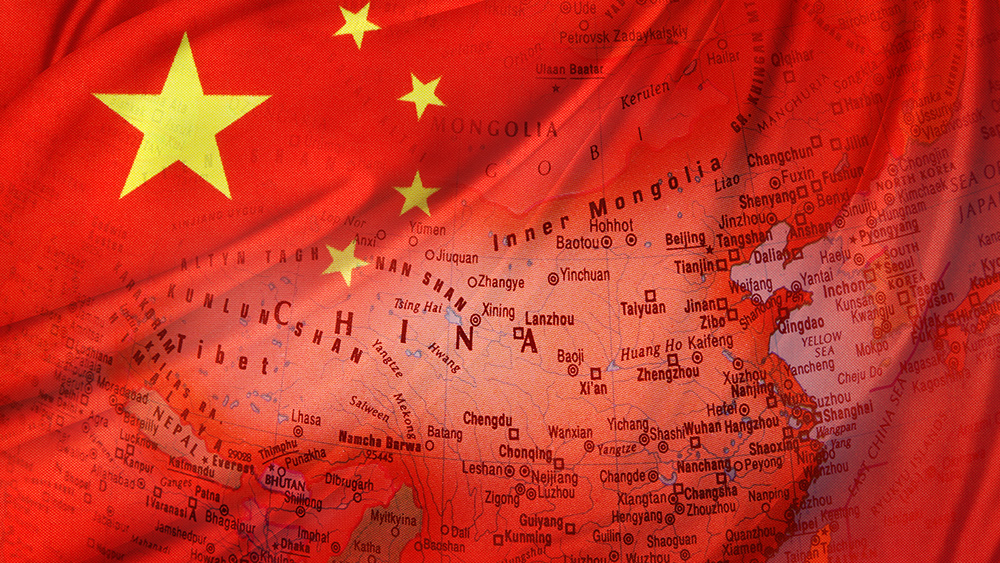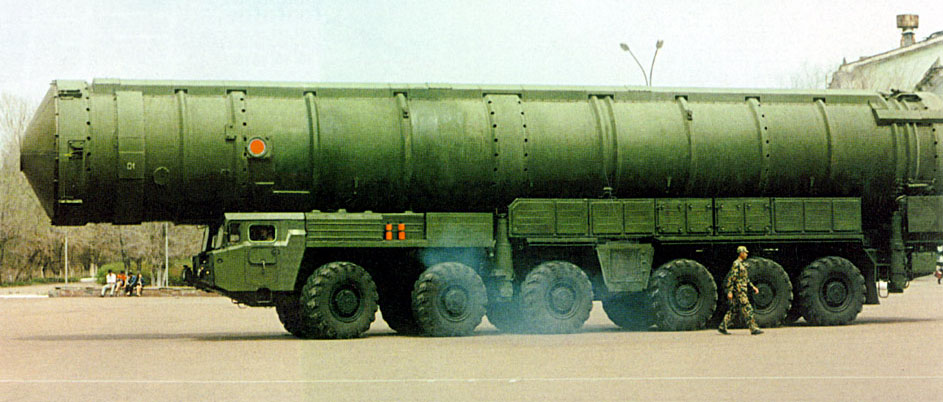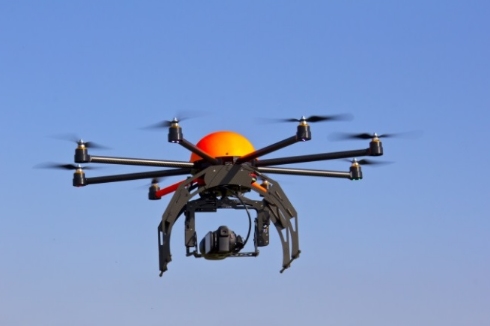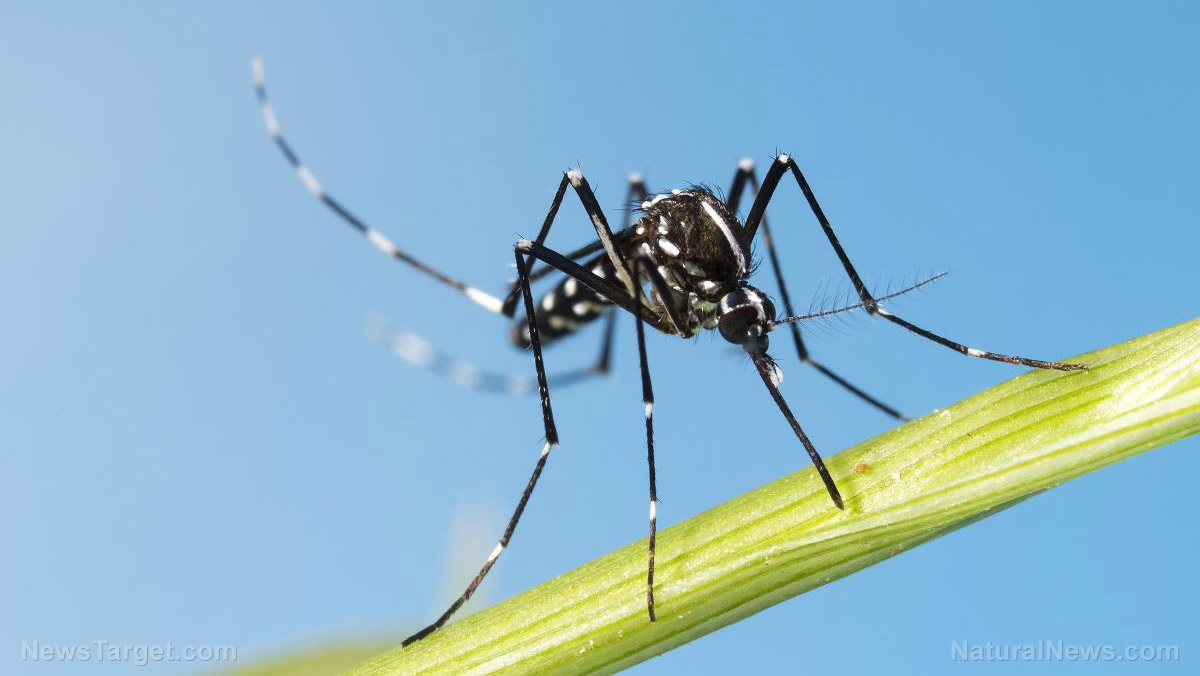
- Over 4,000 confirmed cases of chikungunya fever have been reported in southern China since July, with the mosquito-borne virus spreading from Foshan to Guangzhou, Yangjiang and Beijing. The CCP is accused of downplaying the crisis while enforcing strict quarantines.
- Independent observers suspect case numbers are underreported, echoing past CCP censorship of health data. Authorities claim cases are "imported," but experts believe domestic transmission is likely.
- Infected individuals face mandatory hospital isolation at their own expense (~$70/day), despite chikungunya not being classified as a top-tier disease. Critics argue the policy exploits patients rather than prioritizing public health.
- The Asian tiger mosquito, the primary vector, has expanded north due to climate change. Poor enforcement of WHO-recommended measures (e.g., eliminating standing water) has worsened the outbreak.
- Experts warn the CCP's lack of transparency and delayed response mirror early COVID-19 missteps. Without urgent action, the outbreak could escalate into a wider epidemic, as seen in past chikungunya surges.
Beijing cares more about silencing panic than addressing outbreak
Residents in Foshan describe a draconian response: Anyone suspected of infection is forcibly quarantined in hospitals, with patients footing the bill. One villager told the Epoch Times he was detained for testing and only released after a negative result. Those who test positive face hospitalization at a cost of nearly $70 per day – a crushing expense for many Chinese citizens. Doctors confirm that home isolation is banned, despite chikungunya not being classified as a top-tier infectious disease under Chinese law. Critics argue the policy is less about public health and more about profiting from desperate patients. A. albopictus, has expanded its range northward in recent years. Guangdong's dense urban areas, combined with poor mosquito control, have made the region a hotspot for outbreaks. Despite WHO recommendations to eliminate standing water – a key breeding ground for mosquitoes – local enforcement has been inconsistent. Foshan authorities now threaten fines for residents who fail to clear stagnant water, but the measures may be too late to curb the outbreak. This isn't China's first chikungunya scare. In 2010, Dongguan reported 253 cases, but the current outbreak dwarfs previous incidents. With no widely available vaccine, containment relies on mosquito control and public awareness – both areas where the CCP has faltered. The WHO warns that without urgent action, this outbreak could mirror past epidemics. Yet Beijing's focus appears to be on suppressing panic rather than transparency. Visit Outbreak.news for more similar stories. Watch Owen Shroyer of InfoWars discussing a mystery virus that has ran through Chinese hospitals, mirroring the COVID-19 pandemic of 2020. This video is from the TNTVNEWS channel on Brighteon.com.More related stories:
China BANS the word "COVID-19," downplays severity of country's mysterious pneumonia outbreak. Outbreak of multiple respiratory infections in China sparks global concerns over public health and CCP transparency. Pneumonia-like outbreak continues to sweep through northern and eastern China with suspicions it may be linked to COVID-19. Sources include: ZeroHedge.com APNews.com TheThinkingConservative.com Brighteon.comWhen healthy eating leads to WORRY, OBSESSION, or a feeling of INADEQUACY, it’s no longer healthy
By Lance D Johnson // Share
Trump strikes unprecedented deal: Nvidia, AMD to pay U.S. 15% of China chip sales
By Ava Grace // Share
Prostate cancer: A growing concern for men over 50
By Belle Carter // Share
AI diet advice lands man in hospital with rare poisoning syndrome
By Ava Grace // Share
An invisible assault: How everyday heavy metals sabotage brain health
By willowt // Share
Pentagon warns of China's rapidly expanding nuclear arsenal
By kevinhughes // Share
FCC grounds new Chinese drones in sweeping security move
By avagrace // Share
The methylation switch: Scientists identify diet that can turn back the cellular clock
By jacobthomas // Share
Renaissance or Ruin: A wake-up call for cultural revival and self-sufficiency
By kevinhughes // Share
Weight loss in midlife may trigger brain inflammation, study finds
By avagrace // Share

